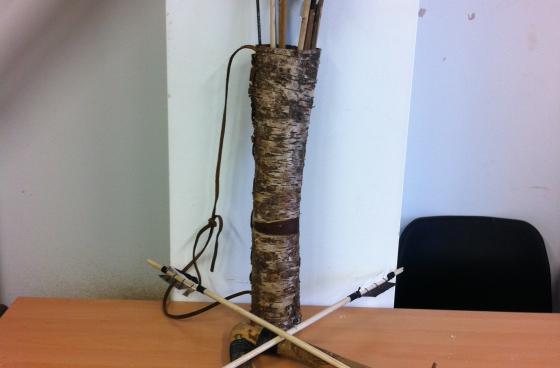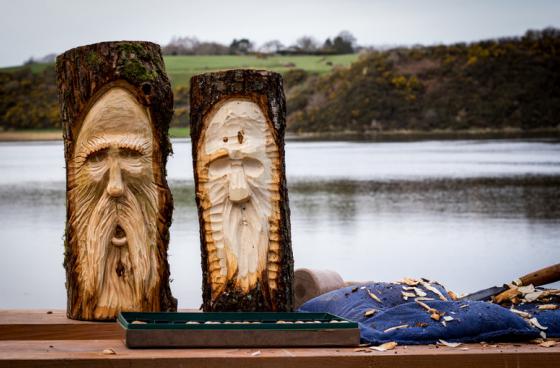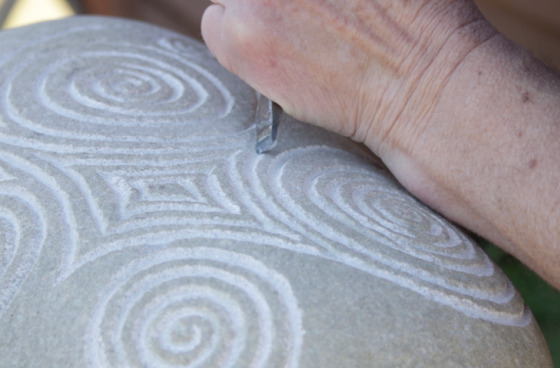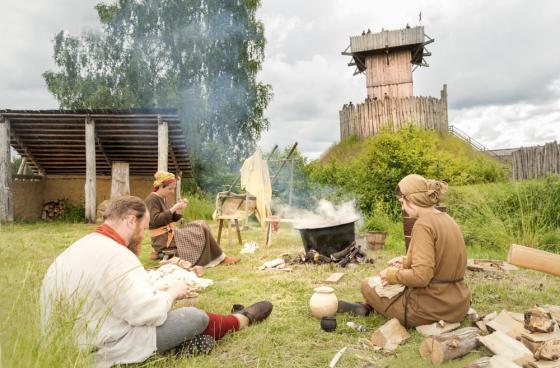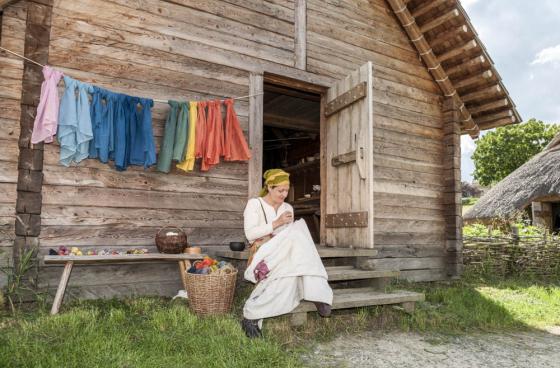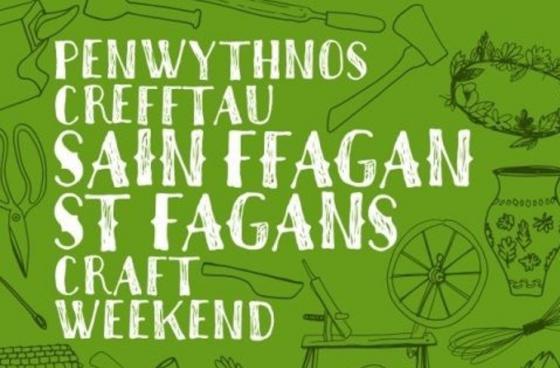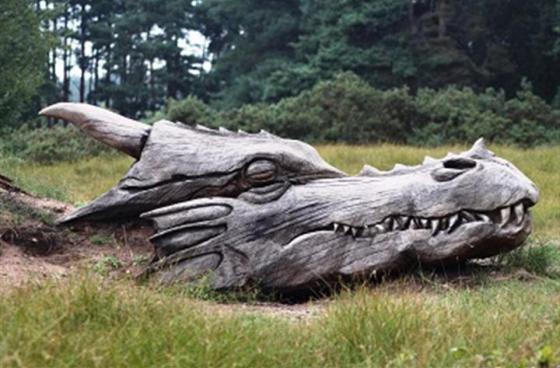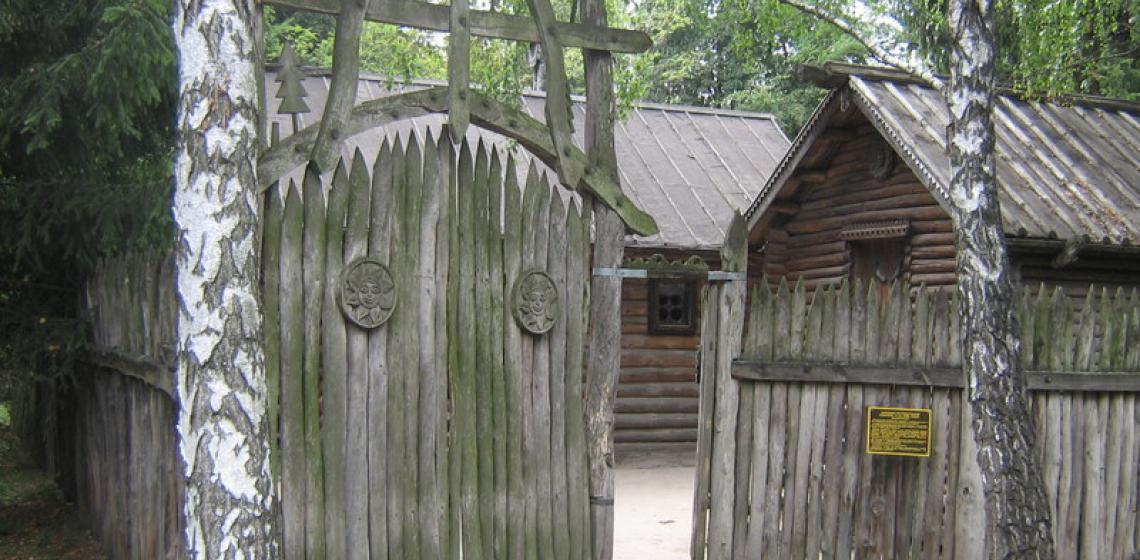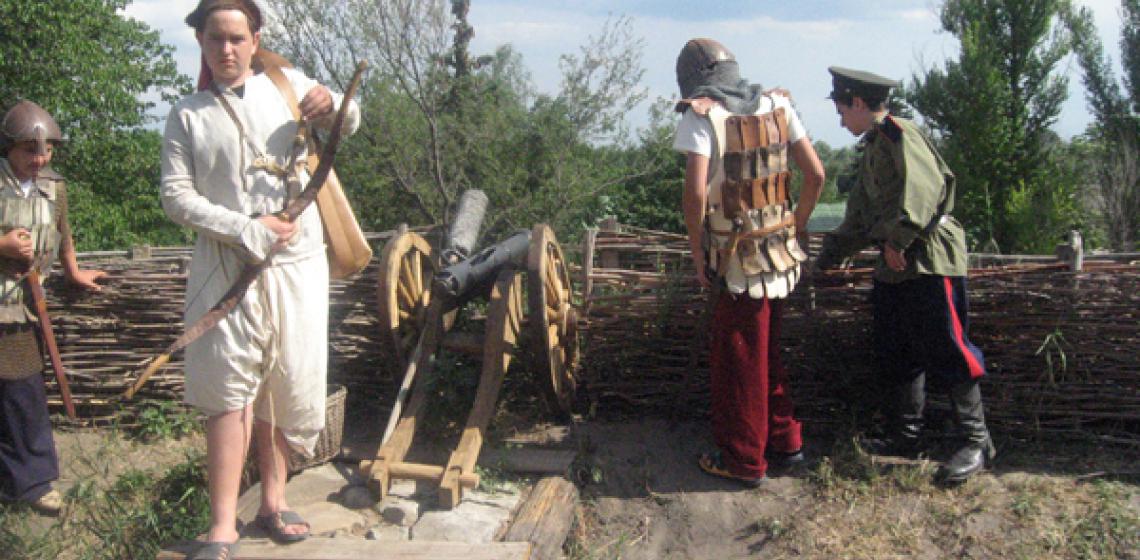Two-day Arrow and archery accessories course with Mike Henderson
Over the course of two days, participants will make their arrow shafts, heads and fletchings all made from techniques spanning from the stone-age and up, including the use of primitive glues. How to make a quiver, arm guard and finger tab will also be demonstrated during the course.
All material and hand-tools included.
ALL COURSES ARE SUBJECT TO CHANGE- MINIMUM NUMBERS APPLY

